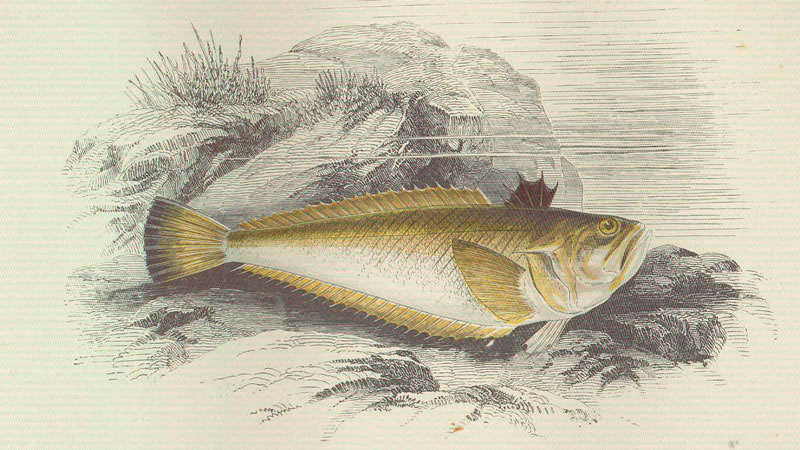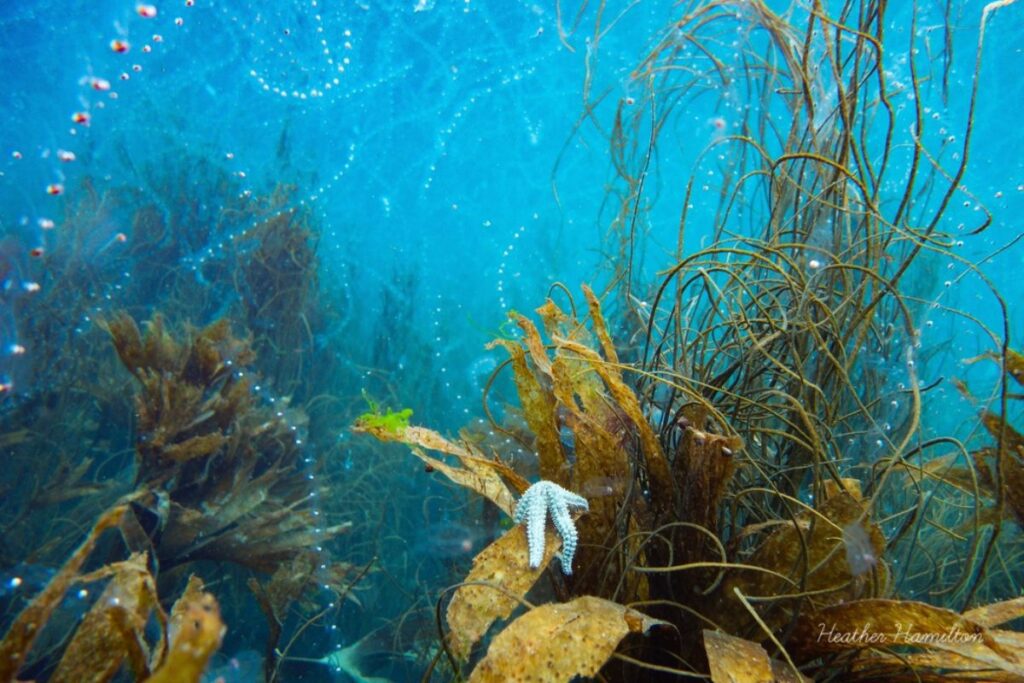Here’s everything you need to know about weever fish from what they are to how to avoid being stung, and most importantly, how to treat annoying stings.
What are weever fish?
Most weever fish are quite small but they are capable of being over 30cm in length. They can be found all over Europe and often make an appearance in both the North Sea and the East Atlantic Ocean, and are therefore found in coastal waters all around the UK, including in Cornwall.
Unlike other fish, they sink when they are not swimming and will spend most of their time living in the sand. They are also able to spend long periods of time outside the water and therefore can often be found anywhere along the beach.
How do they sting?
If someone tells you about a fish that can sting then your first impression might be to think of the likes of a jellyfish or a stingray that enjoy shallow waters. Weever fish instead, are a lot harder to spot and inject their venom in a much different way.
They have spines along their back which are needle-sharp. As we mentioned before, they spend most of their time lying in the sand and therefore the majority of stings come from people merely standing on them while they are not wearing shoes.

How to treat a weever fish sting
Treatment of the sting is fairly simple and it’s important to initially find a source of hot water. The water needs to be as hot as you can bear, but still comfortable enough to place your feet into. This has been shown to reduce the effectiveness of the venom by breaking down it’s protein, and it helps to reduce spasms.
Unfortunately, there is no anti-venom for the toxin. It’s recommended to keep the small wound open and let it bleed out the venom. The blood loss won’t be high and this will help to clear your body of some of the toxins.
The worst of the pain generally happens around 30 minutes following the sting and then will gradually subside. In this time it’s a good idea to take painkillers to get through this period but it shouldn’t be too painful for long.
How painful is a weever fish sting?
The sting can be quite painful for some. But most people compare it to a bee sting and say the most intense pain passes fairly quickly.
Thankfully it’s not going to be life-threatening. There has only ever been one recorded death and that happened in 1933 due to a vast number of stings.
Common symptoms include swelling, itching, numbness, headaches, joint aches, and occasionally vomiting. If more serious symptoms are presented, like breathing difficulties, then seek emergency help, especially for people who are susceptible to allergies.
What do you do if you get stung by a weever fish?
As well as following the steps of the basic treatment as above, you want to make sure that there aren’t any of the fish’s spines still in the wound. Removing them with tweezers immediately is very important.
If you’re on the beach, go to the lifeguard as soon as possible. They will treat the sting with hot water and assess your condition. Sometimes they may suggest a visit to your GP or local hospital, but this is only in extreme cases.
Can weever fish sting through shoes?
One great way to avoid weever fish stings is to wear shoes. There are plenty of water shoes out there which are suitable for a beach and/or diving and will help to block the spines form making contact with your foot. Although these can affect your swimming.
If you’re not wearing shoes and you’re walking through sand, then it’s a good idea to shuffle your feet. That way, you won’t be touching the spine of the fish and it will vastly reduce the chances of being stung.
Take care, but don’t worry too much
Weever fish aren’t something you should be too worried about. Serious symptoms are very rare and treatment can be delivered quickly. You need to be mindful of them when you’re at a beach, but they shouldn’t stop you enjoying the water.
The bumblebee can sting us too, but that doesn’t make us avoid the countryside. So you shouldn’t let a little weever fish stop you going in the ocean either.
Do you think there’s a chance of you getting stung on one of our Cornwall boat trips?



